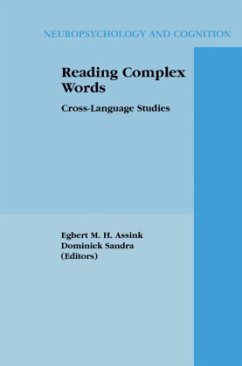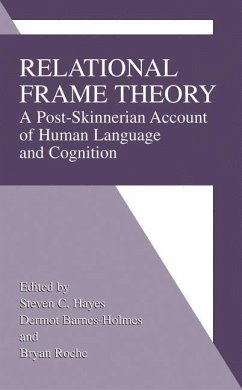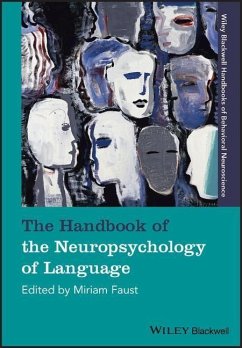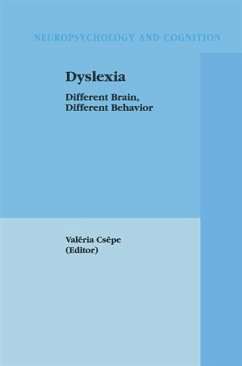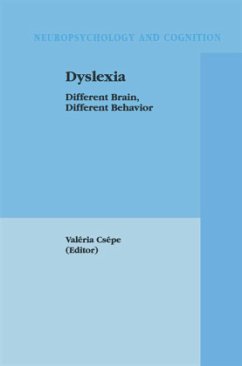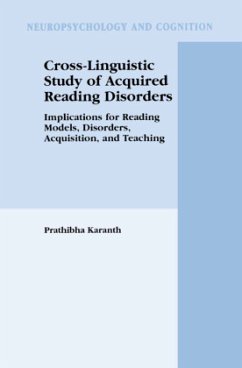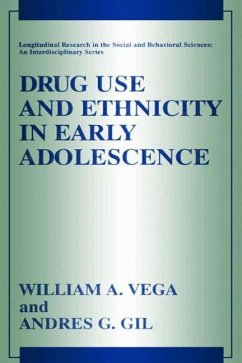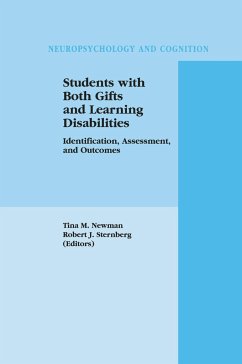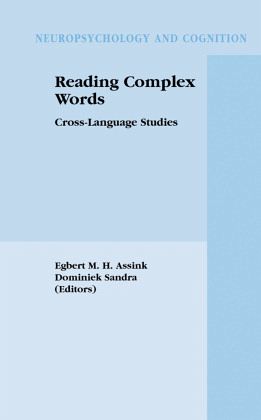
Reading Complex Words
Cross-Language Studies
Herausgegeben: Assink, Egbert M.H.; Sandra, Dominiek
Versandkostenfrei!
Versandfertig in 1-2 Wochen
116,99 €
inkl. MwSt.

PAYBACK Punkte
58 °P sammeln!
In a series of fourteen chapters this book brings together current research findings on the involvement of word-internal structure for the purpose of word reading (especially morphological structure). Contributors include many leading experts in this research domain. The central theme of reading complex words is approached from several angles, such that the chapters span a wide variety of topics where this issue is important. The experiments reported in the book involve: - different populations : children, expert readers, illiterates; - different languages: Chinese, Dutch, English, French, Heb...
In a series of fourteen chapters this book brings together current research findings on the involvement of word-internal structure for the purpose of word reading (especially morphological structure). Contributors include many leading experts in this research domain. The central theme of reading complex words is approached from several angles, such that the chapters span a wide variety of topics where this issue is important. The experiments reported in the book involve:
- different populations : children, expert readers, illiterates;
- different languages: Chinese, Dutch, English, French, Hebrew, Italian, Turkish, Serbian;
- different processing levels where morphology may play a role: sublexical, supralexical;
- different variables which may determine morphological effects: morphological type, semantic transparency, branching relations among morphemes.
Given this scope, the book offers a good state of the art platform in current psycholinguistic research on the topic. Reading Complex Words: Cross-Language Studies is a valuable resource for all researchers studying the mental lexicon and to those who teach advanced courses in the psychology of language.
- different populations : children, expert readers, illiterates;
- different languages: Chinese, Dutch, English, French, Hebrew, Italian, Turkish, Serbian;
- different processing levels where morphology may play a role: sublexical, supralexical;
- different variables which may determine morphological effects: morphological type, semantic transparency, branching relations among morphemes.
Given this scope, the book offers a good state of the art platform in current psycholinguistic research on the topic. Reading Complex Words: Cross-Language Studies is a valuable resource for all researchers studying the mental lexicon and to those who teach advanced courses in the psychology of language.





